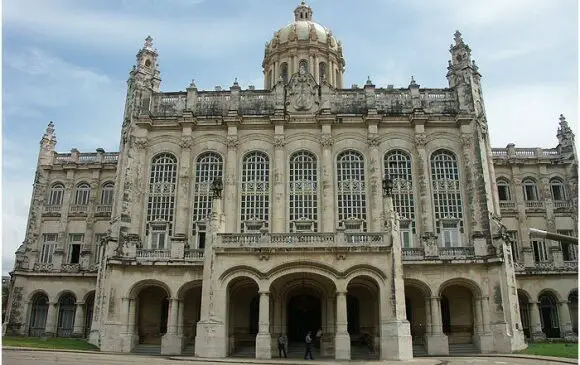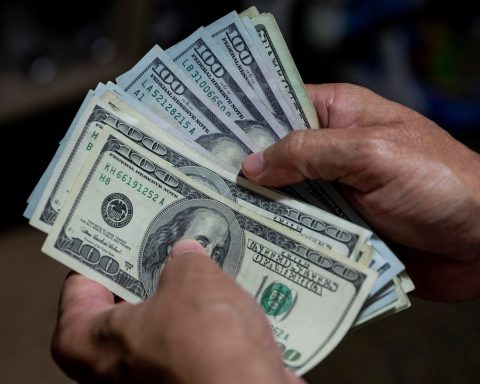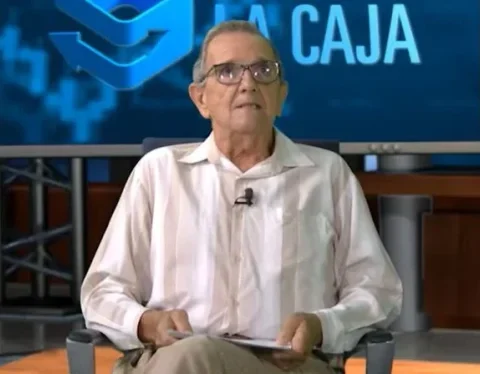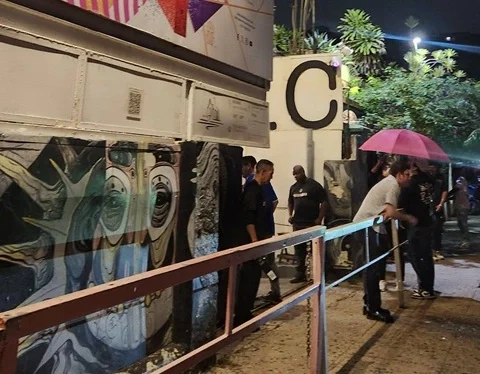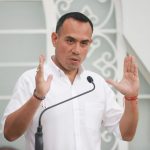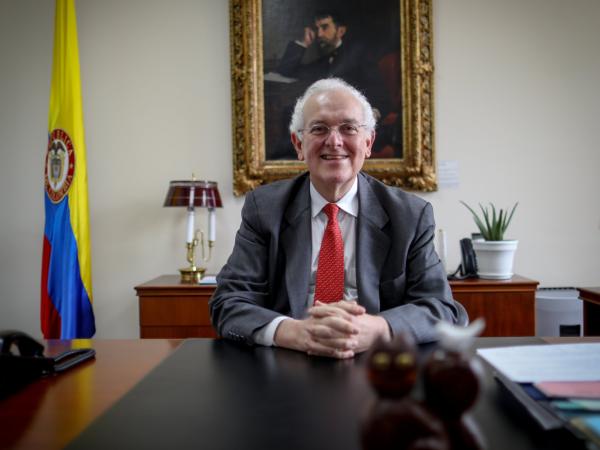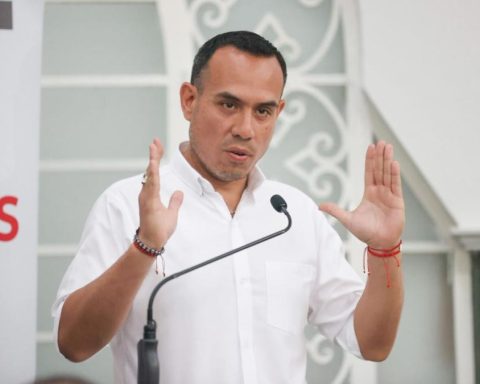MADRID, Spain.- This March 13 marks the 66th anniversary of the simultaneous assaults on the Presidential Palace and the Radio Reloj news station in Havana; events that, if successful, could have changed the history of Cuba.
That day, but in 1957, with the aim of killing then President Fulgencio Batista and ending his dictatorship, commandos from the Revolutionary Directorate, the armed wing of the University Student Federation (FEU) led by the 25-year-old José Antonio Echeverría, attacked both places. But the action, poorly planned, failed, and Echeverría and most of his companions lost their lives.
As the journalist Luis Cino explains in a article For this medium, “Fidel Castro, from his camp in the Sierra Maestra, criticized that attack for which he was not consulted.”
Despite the fact that Fidel Castro and José Antonio Echeverría had signed the so-called letter from mexicowhich sought to seal the unity of the forces that opposed the Batista regime, great contradictions continued between the two leaders.
“Had the assassination planned by Echeverría been successful, and if that had brought about the end of the dictatorship,” points out Luis Cino, “the Revolutionary Directorate, which would have imposed itself on the July 26 Movement (M-26-7), would have restored the Constitution and supported the holding of free elections that would result in a democratic government.”
With the failure of the assaults, the death of José Antonio Echeverría and a large number of members of the Revolutionary Directorate, the path to the long-awaited power for Fidel Castro and the July 26 Movement was cleared.
The Presidential Palace, which had been inaugurated in January 1920 and functioned as such during the Republic, was discarded from these functions after 1959. In 1976 it reopened as the Museum of the Revolution, and it remains so to this day.
